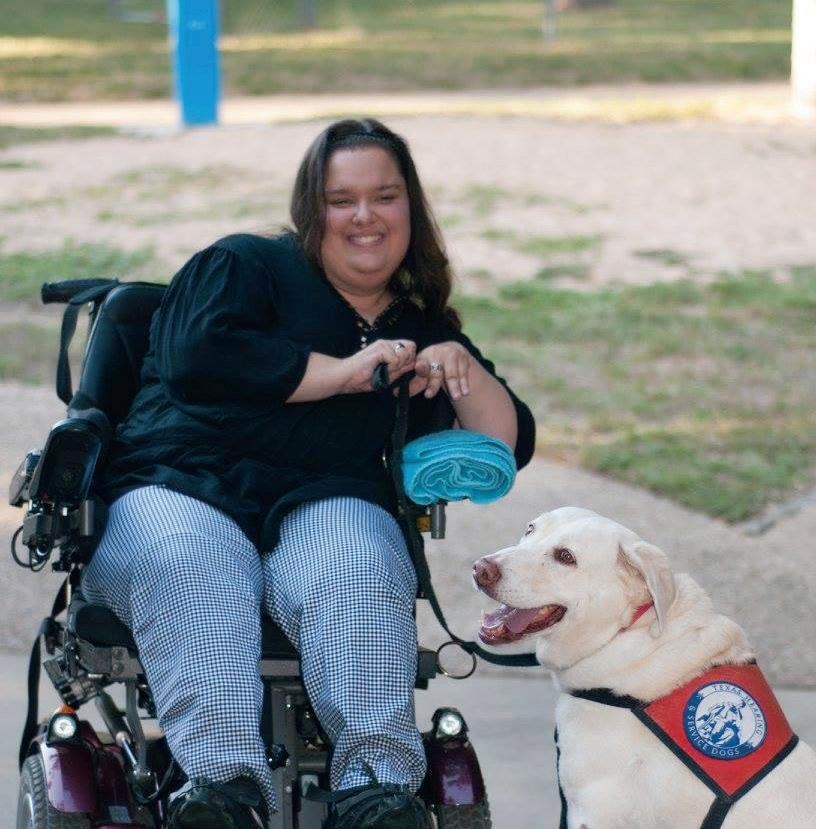
2 minute read
Amy Litzinger (MATS’15)
MEMBERS OF THE DISABILITY COMMUNITY have always been able to be creative and adapt and work together. Now the overall climate of the unknown and fear is a new challenge, especially without an end date. Here are a few of the issues we face:
• PPE is only available from emergency stockpiles if one is the head of a medical institution; community-based employers are not considered eligible. Medicaid funds cannot be used to purchase PPE, which means it’s hazardous to use our services.
Advertisement
• Attendants are not being permitted to telework because their payment is based on being physically present. Community attendants are not allowed to be paid while we are hospitalized. And it’s worrisome when access to patients in the hospital is limited.
• Unemployment looms. The relationships we’ve created need to be preserved, but it is unclear how disability services will handle massive amounts of requests. We’ve realized how valuable these people are, professionally and personally, but I’m afraid this system is not sustainable.
• Many of us have complex, chronic needs which put us more at risk for Covid, especially because we need to continue healthcare that may put us in more contact with infected people. Many of us experience higher medical needs than usual. We are worried that some of our necessities will be rerouted towards patients who are seen as more likely to recover from Covid. And what does it mean for us if Covid survivors end up with long-term disabilities?
• Mental health access for those with coexisting disabilities, especially those who do not speak, has been highlighted. Before Covid, we were already speaking about this.
• Working from home, grocery delivery, digital social gatherings, inclusion in religious opportunities, etc. have improved for some of us. There are benefits to our shifted focus on quality interaction versus quantity. However, we should remember that many families are still struggling to access needed services, like healthcare, education, and childcare (especially for families with young adults with disabilities). We need accessible physical activities. And those who cannot wear a mask because of their disability fear they will not be safe from the virus as they seek testing or other healthcare. This is because others are willfully making the choice not to comply with mask orders or social distancing.
We should continue providing alternate access to information and events, without prioritizing in-person events over virtual ones. There is value in technological accommodations, and reasons to request live assistance for certain tasks. Virtual access may save resources, time, and energy, or allow for more independence, but it could also create new barriers because of lack of access or ability. I know this is supposed to be a time capsule of life during COVID-19, but what I’ve realized is most of our issues aren’t really Covid-exclusive. The pandemic has shown us just how precarious everything was; we are white-knuckling through the trauma of the existing system. I think this “paused” space has given us time to observe ourselves and organize a plan that better reflects our values.
– Amy Litzinger (MATS’15) Self Advocate; Public Policy Lead - Texas Parent to Parent Advocacy Team







